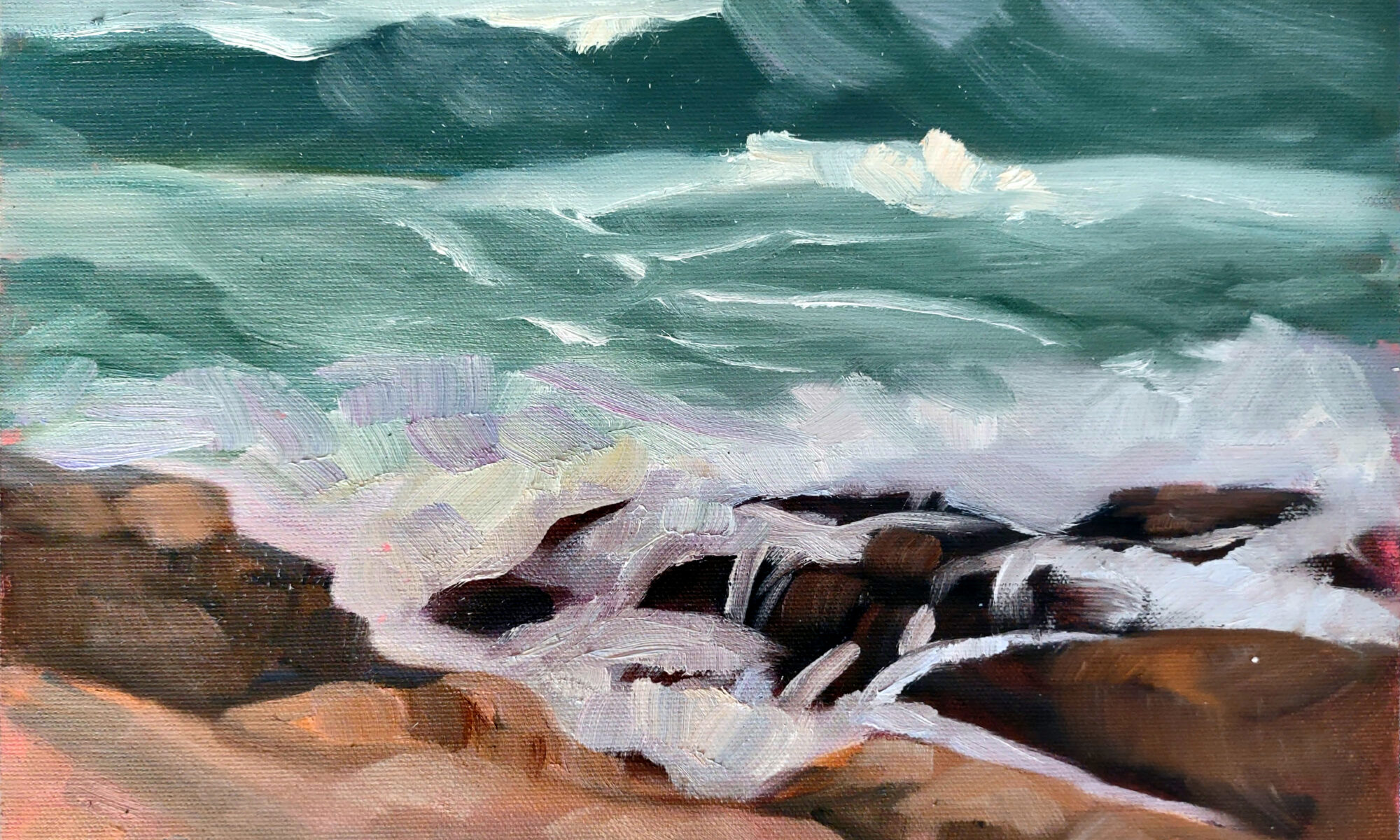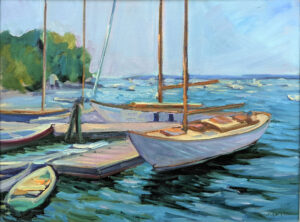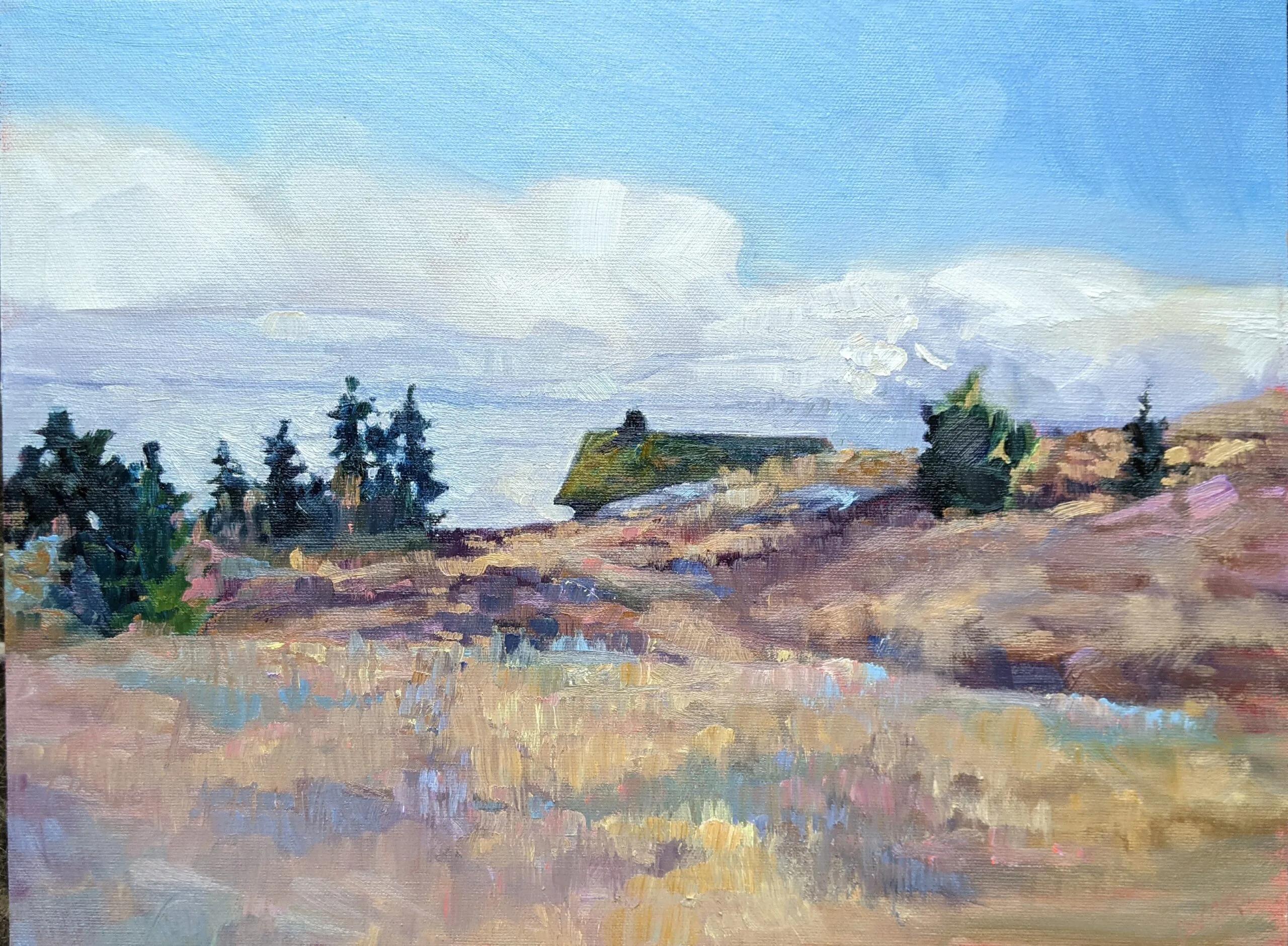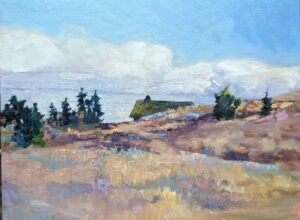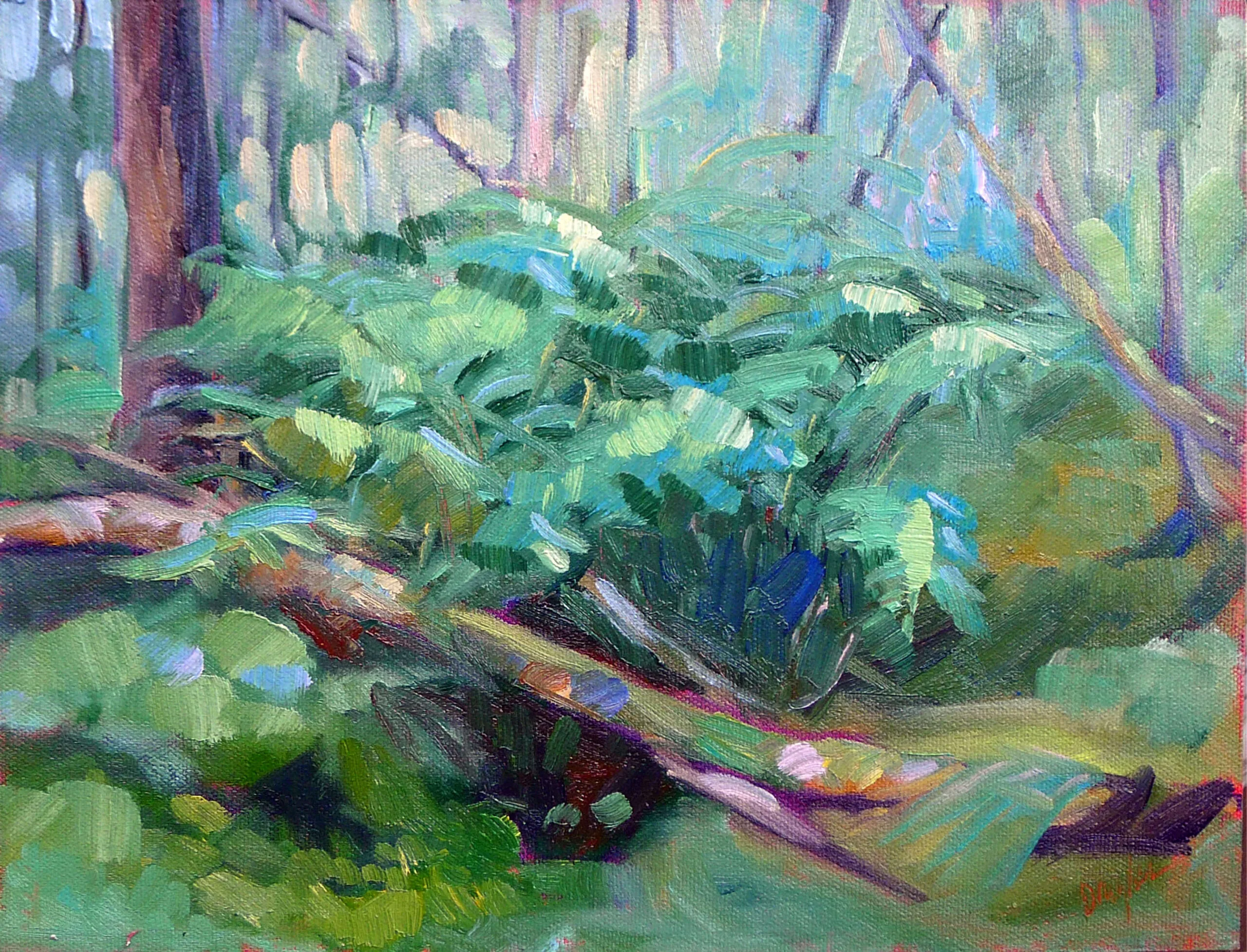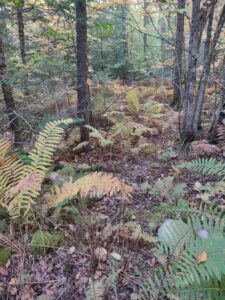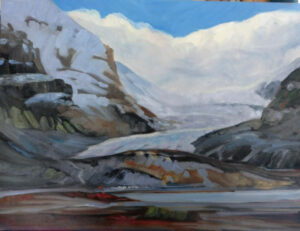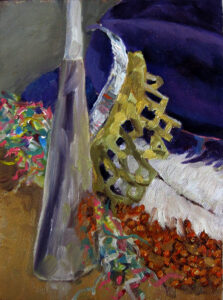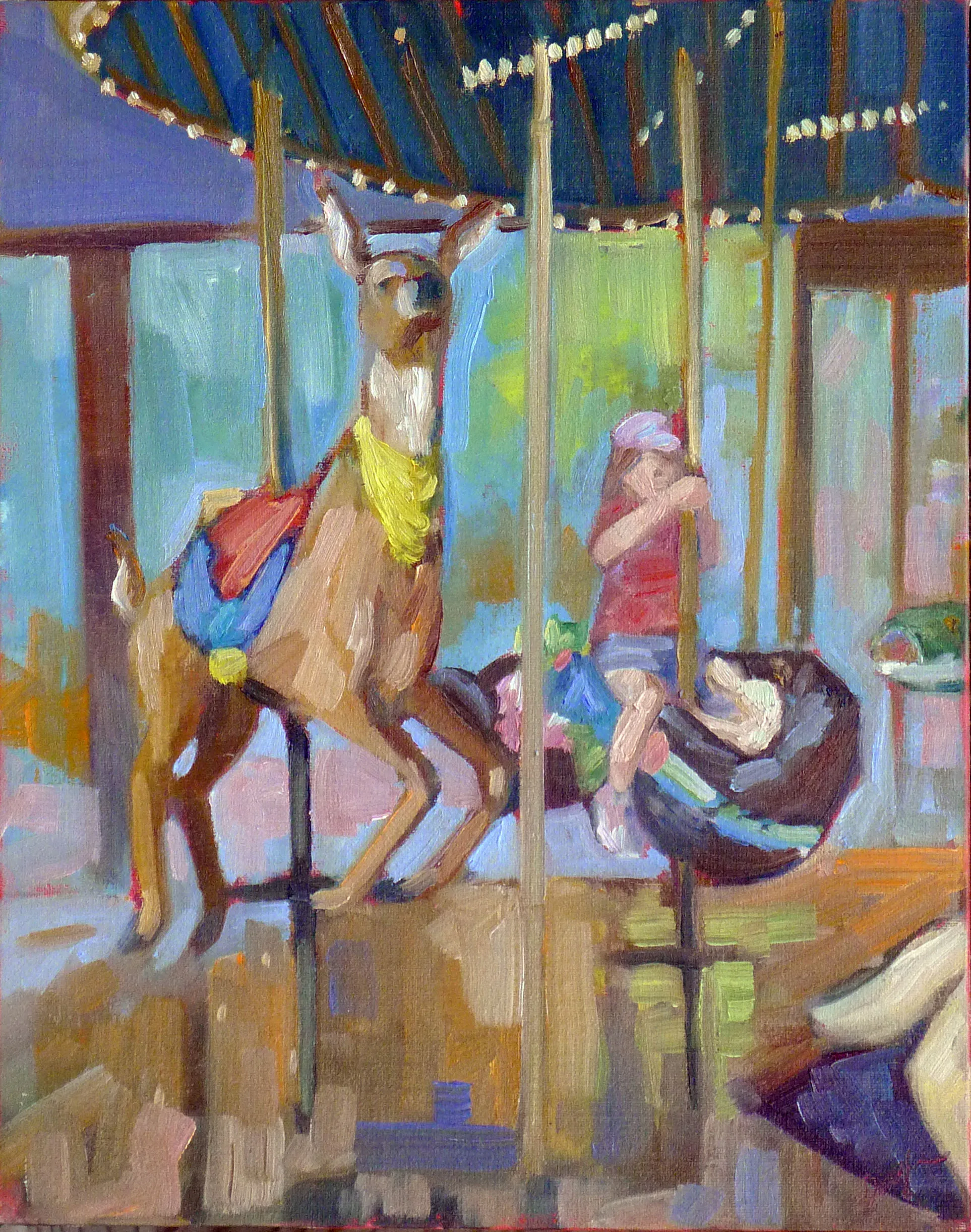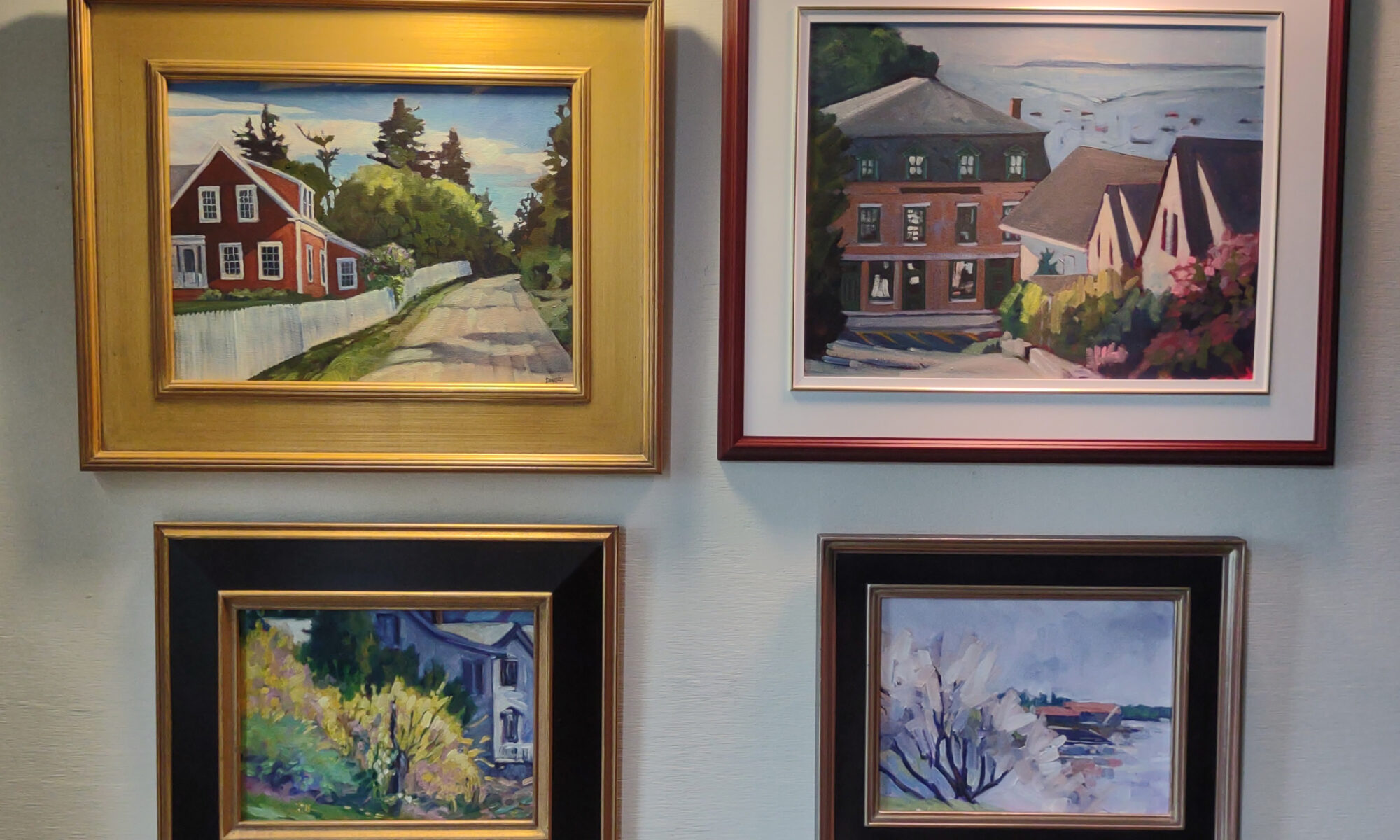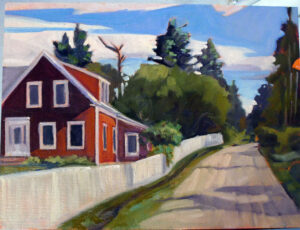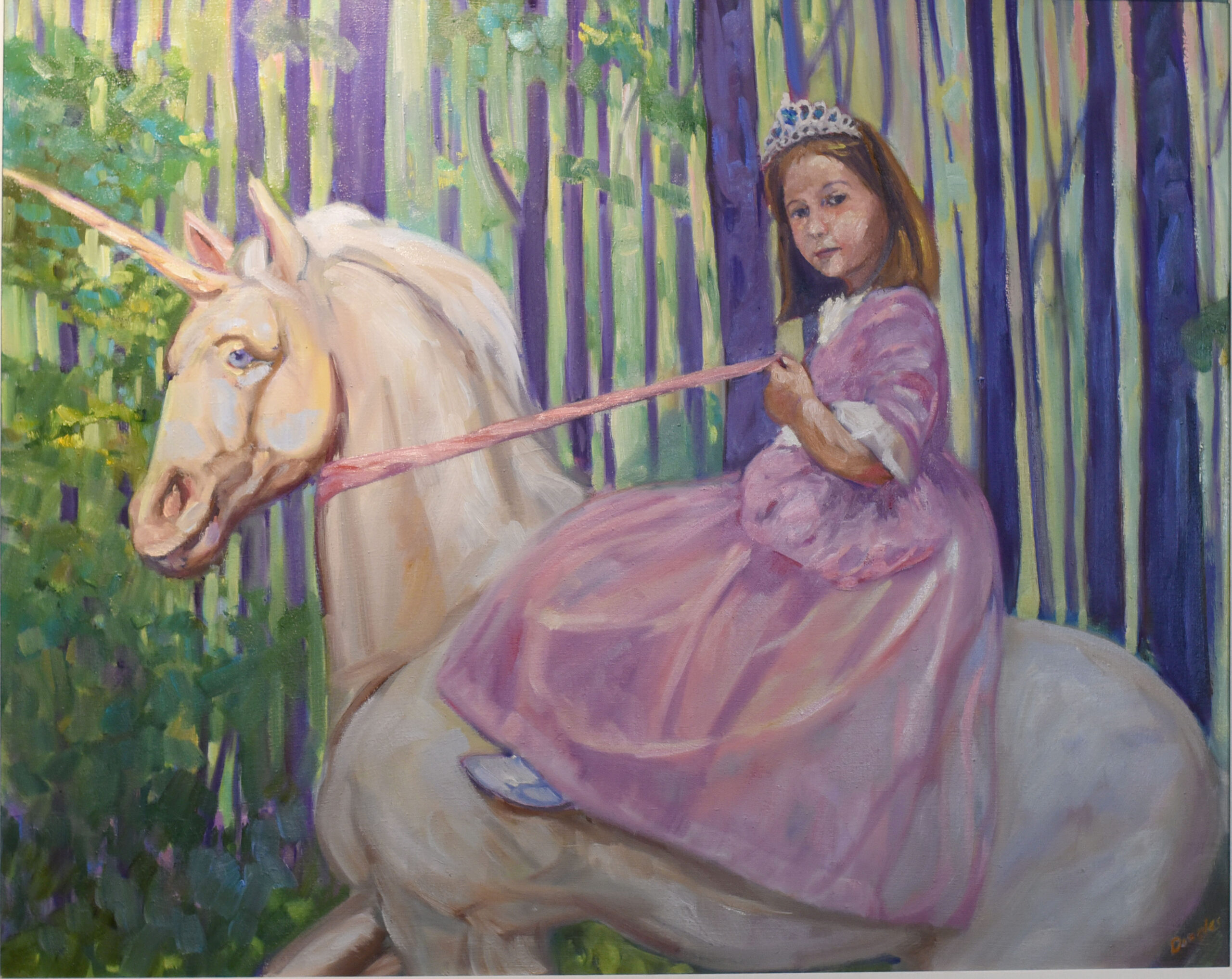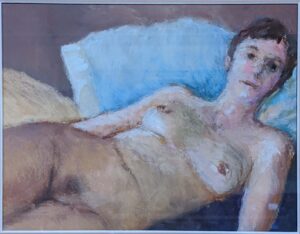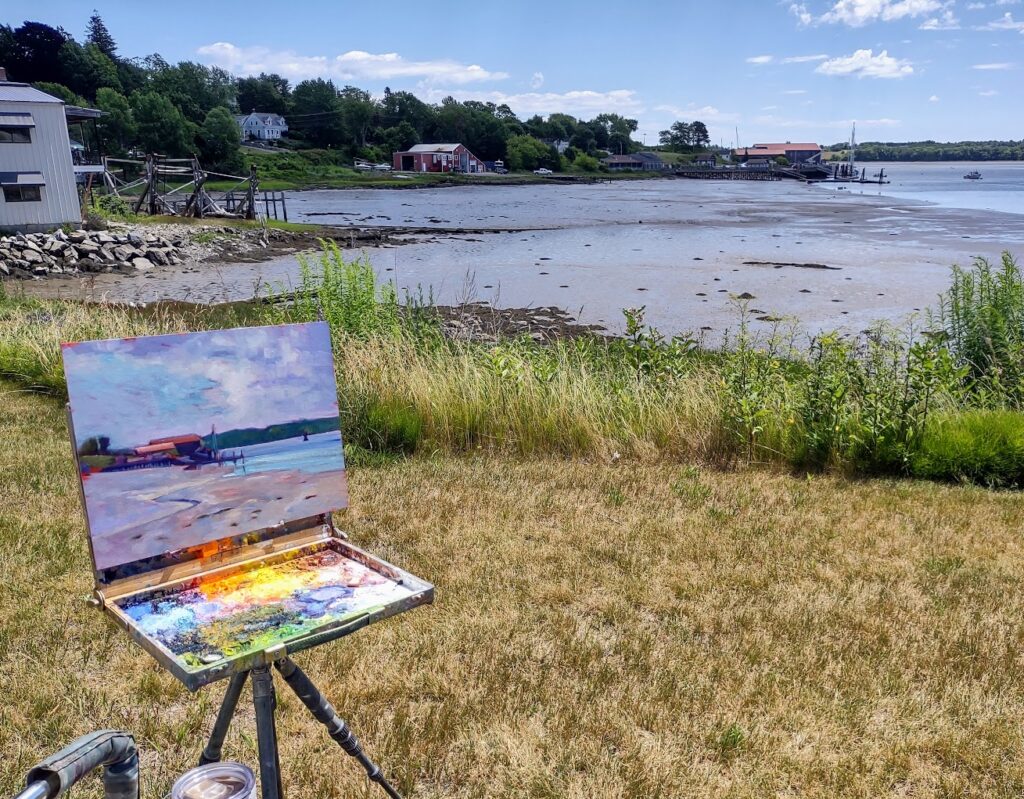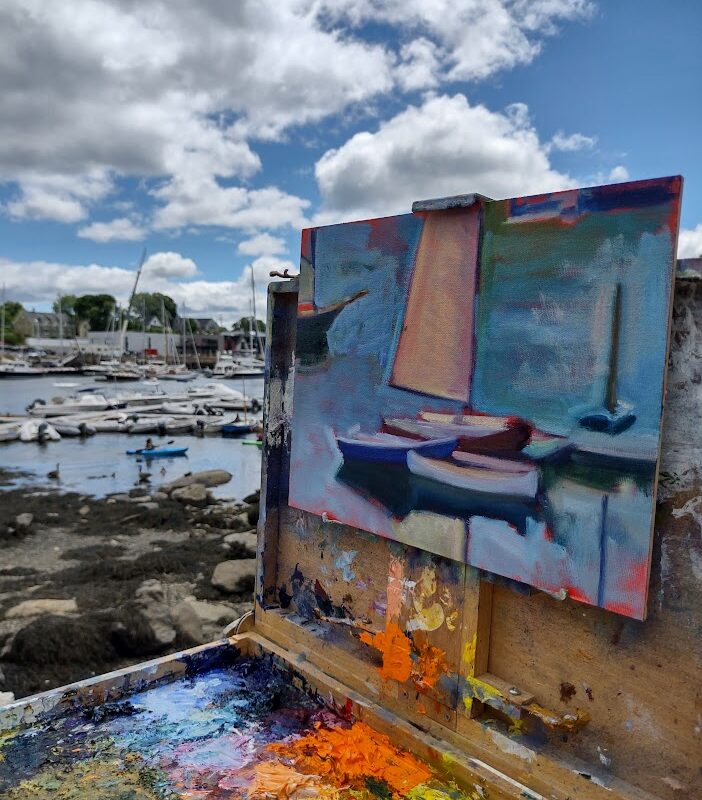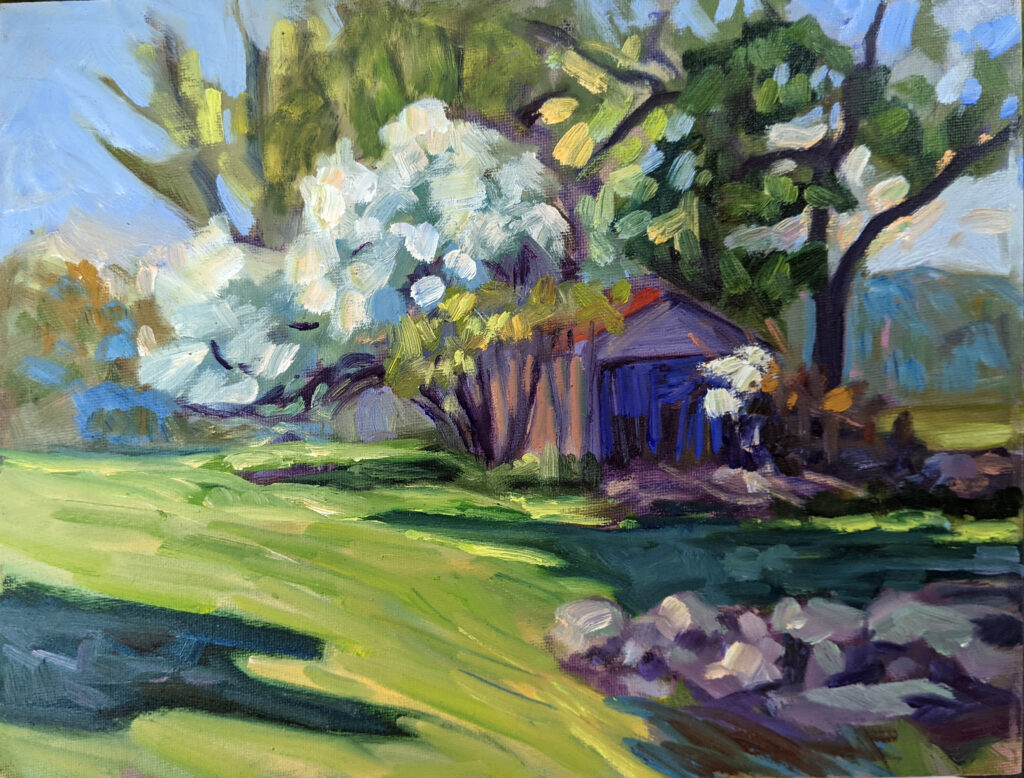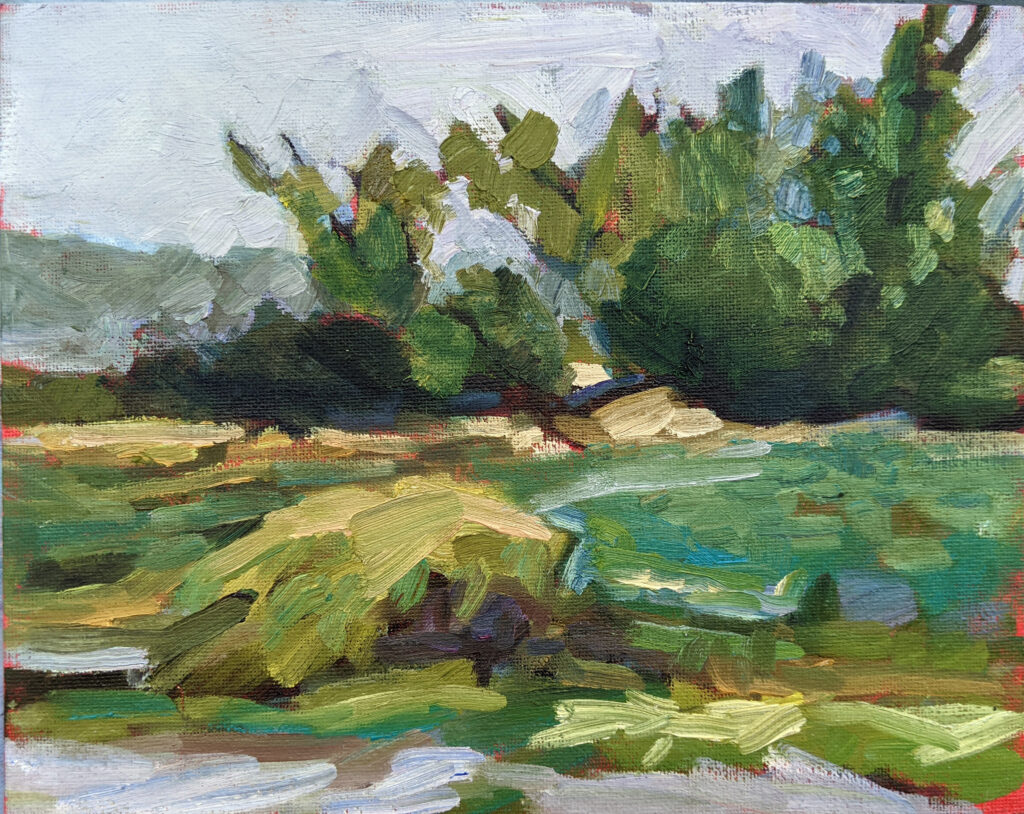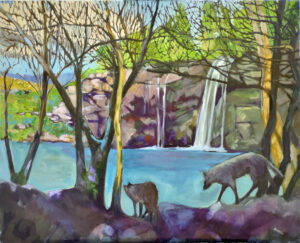
I was fishing around on my desk and found an old Zoom class outline with a scrawled note that read, “paint your dreams.” Alas, I can’t remember the context or who said it, but it struck me as wise advice.
What does “paint your dreams” even mean?
“Paint your dreams” is used metaphorically to convey the idea of visualizing our aspirations and goals.
When someone says “paint your dreams,” they’re encouraging you to articulate your dreams as a first step towards making them a reality. But here I’m talking about literal painting: a visual exploration of your hopes and dreams.
I don’t think it would work for our nighttime dreams, which often have a menacing overtone. “I dream of painting and then I paint my dream,” Vincent van Gogh wrote. That was good for art, but possibly bad for his mental health. Anyways, most dreams are senseless to everyone but the dreamer. I can’t imagine they’d be more entertaining visually than they are when recounted over breakfast.
That doesn’t mean we can’t paint with a dreamlike quality; Van Gogh and Marc Chagall were both masters at this. But I suspect my student meant we are supposed to paint our aspirations.

Do I even allow myself to dream?
Most of us gussy up our dreams in practical terms: our bucket list. Worse, our dreams can be guilt-driven, like “spend more time with my elderly Mom.” Neither of these are gut dreams.
It’s very hard for me to drill past that. I have a very satisfying life. I love my work, my family, and my church. Still, I have some things I’ve never made time for, including:
- Recover my singing voice, which I’ve neglected for the past 35 years;
- Learn to preach simply, logically, and convincingly;
- Do more traveling just for fun.
- Get strong enough to climb high peaks in a single bound.
It’s easy to articulate our dreams when we’re young; it’s harder when we’ve lived some of them, disposed of some, and realized that others are unattainable. (My career as a ballerina was over before it started.) If this exercise goes no farther, it’s gotten me to articulate what my dreams are.
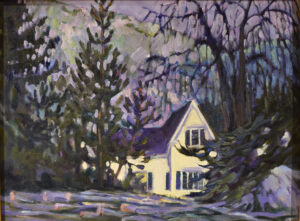
How would I paint those things?
My friend and student Cassie Sano painted a pair of songbirds for my Advanced Painting class this week. (That class is full of bird people. This week we also had a raven discussion and some watercolor ducks.)
Would painting birds help me regain my singing voice? Possibly, because when I first came to the Maine coast I painted boats, and now I get to teach on one annually. I’m painting a scene from my last long ramble in Britain right now. It’s making me excited for my next one, which will be in late May.
Overall, though, I’m much more likely to draw my dreams, since I have notebooks filled with stream-of-consciousness visual ramblings.
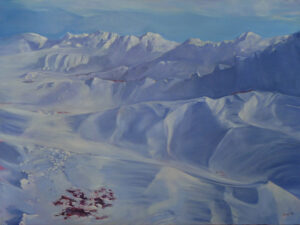
What about you?
Can you clearly define what you want to achieve in this life? If so, do you think you can paint that? Do you have the visual language to communicate and reinforce your goals?
My 2024 workshops:
- Sea & Sky at Schoodic, August 4-9, 2024.
- Find your authentic voice in plein air: Berkshires, August 12-16, 2024.
- Art and Adventure at Sea: Paint Aboard Schooner American Eagle, September 15-19, 2024.
- Immersive In-Person Workshop: Rockport, ME, October 7-11, 2024.


